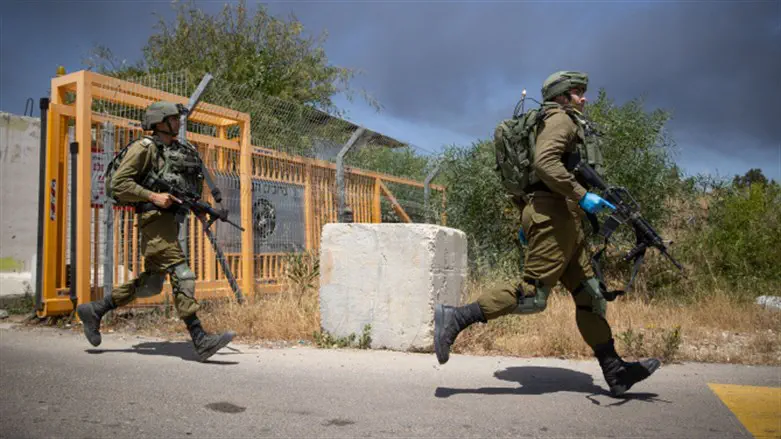
The investigation into the events in Netiv Ha'Asara on October 7, 2023, which was presented to the bereaved families and senior security officials, found that the IDF failed in its mission to protect the community during the Hamas attack.
The terrorists infiltrated the town in several waves and committed murders and kidnappings, and the security forces had difficulty controlling the incident in real-time.
According to the investigation, the local security squad fought bravely and tried to stop the terrorist attack, but encountered many challenges, including communication gaps, a shortage of forces, and a lack of clear orders. During the battle, 13 residents and three members of the security squad were murdered.
The findings indicate that at 06:39, three Hamas terrorists entered the town using paragliders. A resident recognized them and fired at them, but the shot missed.
Minutes later, the terrorists began a killing spree in three different locations. The alert to the residents was sent at 06:42, but due to a system malfunction, some residents did not receive it in time and remained outside the protected areas.
At 07:07, members of the security squad managed to eliminate one of the terrorists, but the two others continued their killing spree. At 08:10, after taking many victims, the terrorists fled back to the Gaza Strip. Two members of the security squad and a security guard were killed in this battle.
At 12:14, another terrorist squad infiltrated the town, but this time, a local resident identified them. He shot and wounded one terrorist. Four more terrorists were captured, and three others withdrew to the Gaza Strip.
The investigation concluded that the IDF was not prepared for a large-scale attack. The investigation team points to several key failures: The IDF failed to defend the town – the security forces were delayed, and the sector forces failed to respond quickly.
The assault could have been interrupted sooner – the arrival of the security forces was relatively quick, but insufficient in the face of the number of terrorists.
Failures in the operation of the security squad – the members of the security squad were skilled and equipped, but due to incorrect orders, many of them remained in their homes and did not act immediately.
The collapse of the communications system – communication gaps between the military forces and the local security coordinator prevented an accurate picture of the situation.
Lack of organized combat technique – the security forces did not operate in a structured manner to clear the area, which made it difficult to control the incident.
Lack of adequate response to the paraglider threat – there is a need to improve the handling of terrorist infiltration from the air.
Recommendations and lessons learned:
Improving the immediate response of the local security teams – an organized operating mechanism must be created that will prevent future delays in similar cases.
Strengthening the connection between the security forces and the local security teams – creating closer coordination with the IDF and defining clear procedures for emergency events.
Updating the defense plan for communities in the Gaza Envelope – improving the deployment of forces and adapting it to large-scale threats.
The IDF Command announced that the findings were learned, and the lessons will be applied to improve security preparedness in the communities in the Gaza Strip.
